Medical & Surgical Nursing Clogs & Shoes Best Sellers for Hospital & Industrial use
|
|
|
|
|
|
|
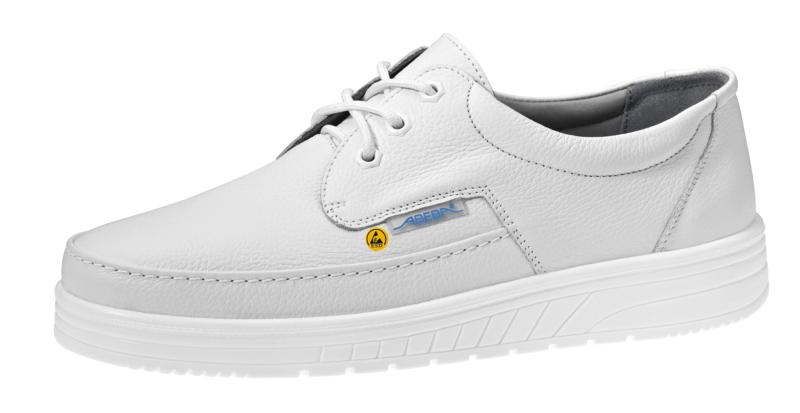
|
Medical & Surgical ESD White leather lace up shoes
|
|
|

|
ADD TO CART
|
|
|
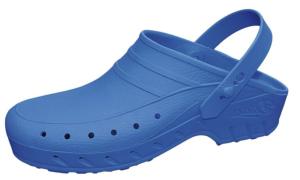
|
Medical & Surgical Blue Autoclavable clogs Washable
|
|
|

|
ADD TO CART
|
|
|

|
Surgical Hospital Green Autoclavable washable clogs
|
|
|

|
ADD TO CART
|
|
|
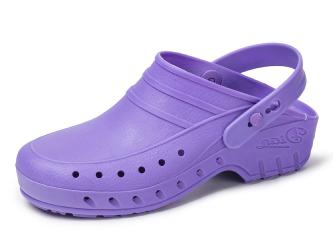
|
Purple Anti-Static Autoclavable washable clogs
|
|
|

|
ADD TO CART
|
|
|
|
|
|
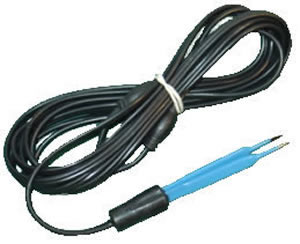
|
Single Use Diathermy Forceps High Quality Steel Shafts
|
|
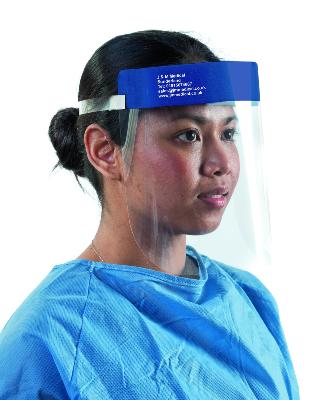
|
Single Use Face Visors Soft Head Band Anti-Fog Bulk Pack 100
|
|
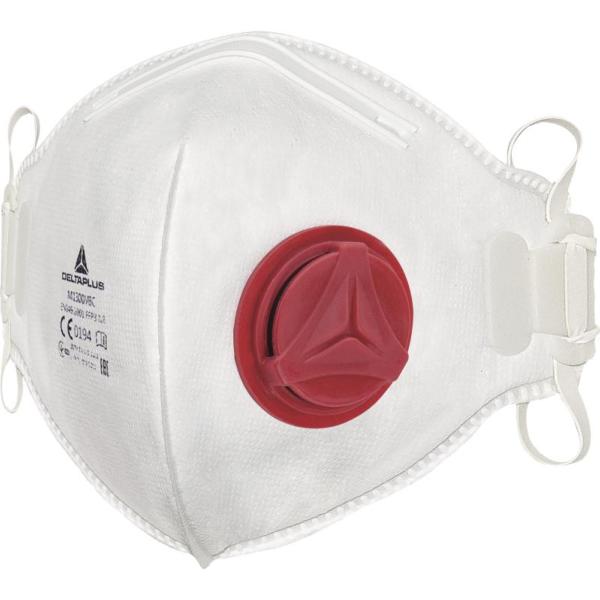
|
Face Mask FFP3
|
|
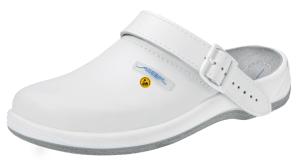
|
ESD White Surgical Clog with Heel Strap Microfibre Insole SRC Slip Resistant Base
|
|
|

|
ADD TO CART
|
|
|
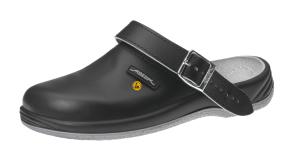
|
ESD Black Medical Clog with Heel Straps Microfibre Insoles SRC Slip Resistant
|
|
|

|
ADD TO CART
|
|
|
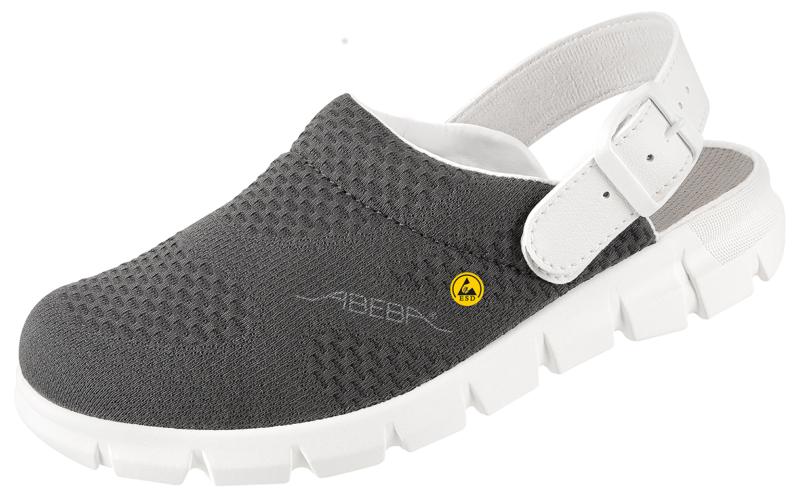
|
Grey Fabric ESD Surgical Nursing Clogs with Heel Strap for Hospital use
|
|
|

|
ADD TO CART
|
|
|
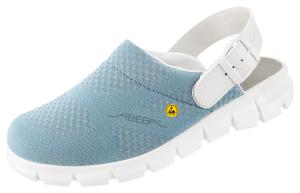
|
Blue Fabric ESD Surgical Clogs with Heel Strap for Theatre use
|
|
|

|
ADD TO CART
|
|
|
|
|
|